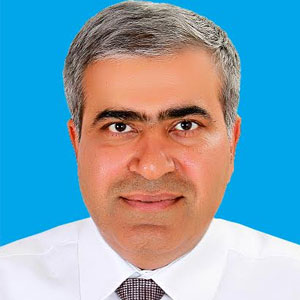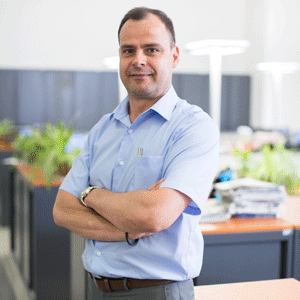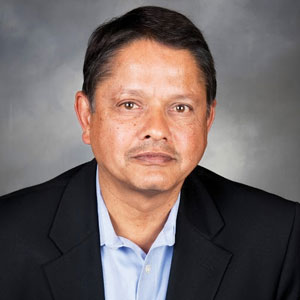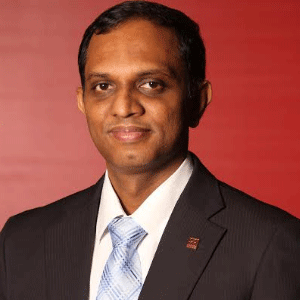THANK YOU FOR SUBSCRIBING
Editor's Pick (1 - 4 of 8)

Multi-cloud and Microservices to Bolster Digital Transformation in 2019
Yujin Evered, Regional President, APAC, Unit4

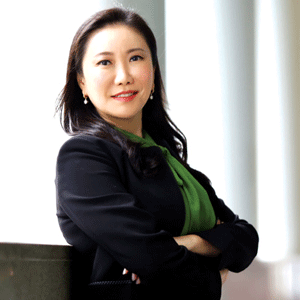
Yujin Evered, Regional President, APAC, Unit4
As the AI market matures, chatbot consolidation will begin
Chatbots are everywhere, there are many made in Singapore, and more to come across all sectors from e-commerce to banking. But with the further maturity of the AI market, chatbot consolidation will start to happen. We will start to see one chatbot being able to answer a myriad of enquiries pertaining to many organisations, projects or tasks. As organisations look to refine their AI processes, chatbots will be recoded to be the go-between with a customer-facing chatbot and the enabling back-end software. These chatbots will function as part of a larger ecosystem that will interface with other solutions such as in ERP software, airlines, cafes – the possibilities are endless.
The year of new user experiences
We’re already seeing a big change of focus from UI to modern user experiences (UX) such as conversational UX and focused task apps where the user experience is all about the optimal way to arrive at an outcome. Conversational UX allows the user to have an enhanced experience with conversational systems that are human-like such as enterprise software that leverages chatbots via instant messaging, virtual assistants, and other AI-powered apps and devices that help users get answers to their questions.
Focused task apps are designed with a specific outcome in mind, while limiting the number of interactions needed for users to complete a task. 2019 will see new strategies from enterprise software vendors focused on building design interactions that people really want to use.
Businesses will leverage employees to take advantage of low-code/no-code applications
Citizen developers - individuals in organisations who create new business applications for use for all, using tools and tech environments sanctioned by IT - will represent a new generation in the workplace. As advances allow these citizen developers to code front-end applications for their organisations, they will take advantage of business data and intelligence once underutilised in the back office. ERP vendors are also allowing users to build out from the core using loosely coupled microservices, so employees can create ERP extensions for their own use. I expect to see an increase in citizen developers in Singapore in particular. As younger generations enter the workforce, and the more powerful low code platforms become, more organisations in Singapore will start to enable and encourage low code applications development to enable digital transformation.
Edge Computing will change how we process data
97 percent of businesses in APAC think that edge computing will be relevant for their businesses in the middle to long term, and see organisations at the midpoint of adopting edge computing in their operations. We’ll see a higher degree of computing happening at initial data capture to remove processing workload from the server side. This is essentially what’s already happening with IoT; however, in the future, we’ll see this in other non- IoT uses cases as well, like ensuring financial compliance locally instead of in a central data centre. Edge computing takes advantage of microservices architectures where chunks of application functionality can be sent to edge devices. This expands computing power indefinitely, and is an exciting trend to watch in 2019.
Weekly Brief
I agree We use cookies on this website to enhance your user experience. By clicking any link on this page you are giving your consent for us to set cookies. More info
Read Also




